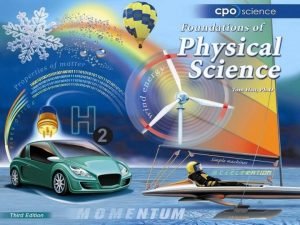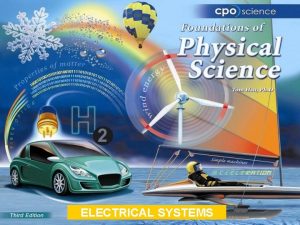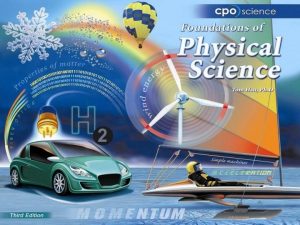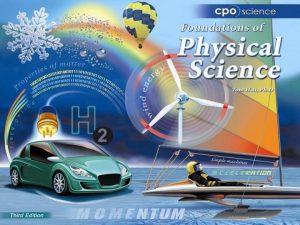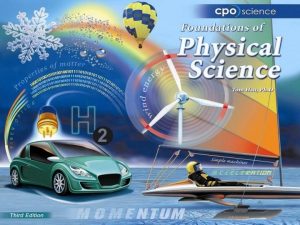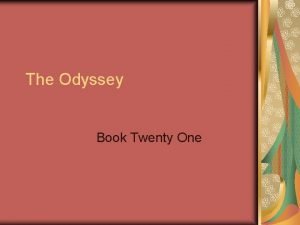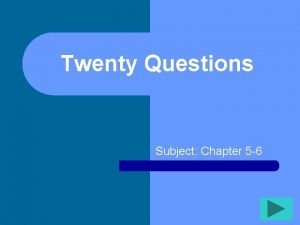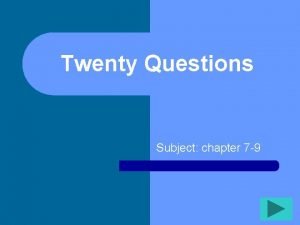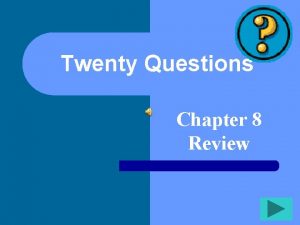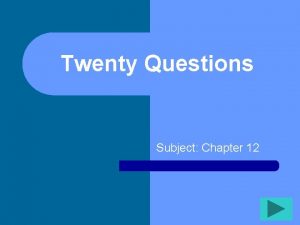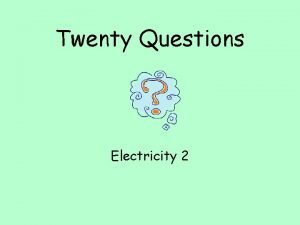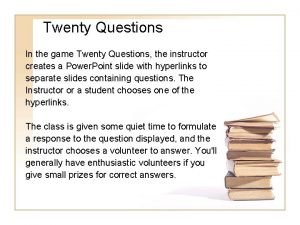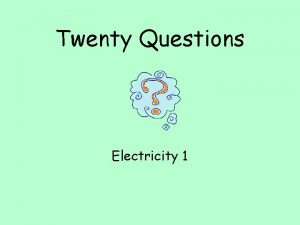Chapter Twenty One Electrical Systems 21 1 Series




















- Slides: 20


Chapter Twenty One: Electrical Systems Ø 21. 1 Series Circuits Ø 21. 2 Parallel Circuits Ø 21. 3 Electrical Power

21. 3 Electrical Power ØElectrical power is measured in watts, just like mechanical power. ØPower is the rate at which energy is changed into other forms of energy such as heat, sound, or light. ØAnything that “uses” electricity is actually converting electrical energy into some other type of energy.

21. 3 Important review

21. 3 Electrical Power ØThe watt is an abbreviation for one joule per second. ØA 100 -watt light bulb uses 100 joules of energy every second.

21. 3 Power ØPower is a “rate” and is measured using current and voltage.

21. 3 Different forms of the Power Equation

21. 3 Kilowatt ØMost electrical appliances have a label that lists the power in watts (W) or kilowatts (k. W). ØThe kilowatt is used for large amounts of power.

Solving Problems Ø A 12 -volt battery is connected in series to two identical light bulbs. Ø The current in the circuit is 3 amps. Ø Calculate the power output of the battery.

Solving Problems 1. Looking for: Ø …power of battery 2. Given: Ø …voltage = 12 V; current = 3 amps 3. Relationships: Ø Power: 4. Solution: P=Ix. V Ø P = 3 A x 12 V = 36 watts

21. 3 Buying Electricity ØUtility companies charge customers for the number of kilowatt-hours (k. Wh) used each month. ØA kilowatt-hour is a unit of energy. ØThe number of kilowatt-hours used equals the number of kilowatts multiplied by the number of hours the appliance was turned on.

21. 3 Buying Electricity ØThere are many simple things you can do to use less electricity. ØWhen added up, these simple things can mean many dollars of savings each month.

Solving Problems Ø How much does it cost to run a 3, 000 k. W electric stove for 2 hours? Ø Use an electricity cost of $0. 15 per kilowatt-hour. 1. Looking for: Ø …cost to run stove for 2 h 2. Given: Ø … P = 3, 000 W; T = 2 h; price $0. 15/k. W

Solving Problems 3. Relationships: Ø 1000 watts = 1 k. W Ø Charge in k. Wh 4. Solution: Ø 3000 W x 1 k. W = 3 k. W 1000 W Ø Charge = 3 k. W x 2 h = 6 k. Wh Ø Cost = 6 k. Wh x $ 0. 15 = $ 0. 90 1 k. Wh

21. 3 AC and DC ØAlthough the letters “DC” stand for “direct current” the abbreviation “DC” is used to describe both voltage and current. ØDC current flows in one direction as in a battery.

21. 3 AC and DC ØThe electrical system in your house uses alternating current or AC. ØAlternating current constantly switches direction.

21. 3 Electricity in homes ØElectricity comes into most homes or buildings through a control panel which protect against wires overheating and causing fires.

21. 3 Electricity in homes ØElectrical outlets in bathrooms, kitchens, or outdoors are now required to have ground fault interrupt (GFI) outlets. ØGFI outlets are excellent protection against electric shocks, especially in wet locations.

21. 3 Distributing electricity ØElectricity is a valuable form of energy because electrical power can be moved easily over large distances. ØAlternating current is easier to generate and transmit over long distances.

21. 3 Distributing electricity ØMany electronic devices, like cell phones or laptop computers, use DC electricity. ØAn “AC adapter” is a device that changes the AC voltage from the wall outlet into DC voltage for the device.
 One electrical systems
One electrical systems 21 pilots hands
21 pilots hands One god one empire one emperor
One god one empire one emperor One one one little dogs run
One one one little dogs run One king one law one faith
One king one law one faith Byzantine definition
Byzantine definition One ford
One ford See one do one teach one
See one do one teach one One price policy
One price policy One face one voice one habit and two persons
One face one voice one habit and two persons Studiendekanat uni bonn
Studiendekanat uni bonn One vision one identity one community
One vision one identity one community Graphic organizer with the aims of la liga filipina
Graphic organizer with the aims of la liga filipina Maclaurin series vs taylor series
Maclaurin series vs taylor series Balmer series lyman series
Balmer series lyman series Taylor series of composite functions
Taylor series of composite functions Maclaurin polynomial
Maclaurin polynomial P series ibm
P series ibm Current series feedback topology mixing is
Current series feedback topology mixing is Series aiding and series opposing
Series aiding and series opposing Arithmetic sequence formula
Arithmetic sequence formula
